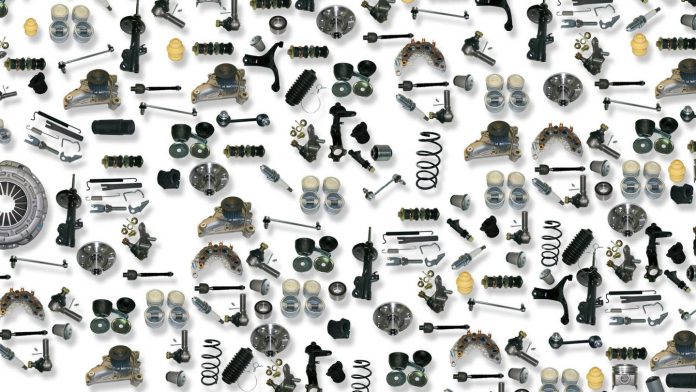Auto sector holds significant importance in Pakistan, and generally in the whole world. Technological innovations are playing a major role in generating epic and beyond human thinking featured cars.
While most of the car lovers out there always remain updated with the new car models and their specification, however, there is a lot more to know about behind the scenes process.
Assembly of Automobile operations generally performed by the imported and locally produced parts.
The main disadvantage of SKD operations are;
The rate of Custom duty and other taxes are charged as of CBU. No significant savings in freight charges. Customer confidence on SKD operations are always weak when compared to CKD assemblers.
Because of the freight charges and higher custom duty on SKD kit, SKD vehicle cannot compete with CKD assembled vehicles in selling price.
The imported parts are classified generally into two categories .
CKD – Complete Knock Down
SKD – Semi Knock Down
Completely Knock Down, also known as CKD is a manufacturing process in automotive field, where the parts are exported completely as they are and it gets reassembled into finished product in selling country. Usually, CKD kits are exported to countries where automotive industry is at high development stage and indigenization facilities of parts already established.
However, CKD operations requires high capital investment for the establishment of Assembling facilities to convert CKD into CBU by investing in Spot Welding , ED coating, Paint Shop , an Assembly line, and other infra structure facilities additionally large number of work force is also require to complete the operations. However to maintain the project viable and to compete with competitors and to gain customer confidence it is always feasible to have CKD operations.
The new AIDP also discourage SKD operations and there is no incentives on SKD operations
Automotive Development Policy (2016-2021) encourage establishment of new assembly plant facilities, new and upgraded models with new technology.
Though it is important to focus on the technological aspects, however the manufacturing process takes various forms. Take the example of the car which you bought directly from the market or imported it. It seems like every vehicle is a Completely Built Unit (CBU), meaning that it was manufactured, assembled at one place and ready to sell. Well, that is not the case always. Let us throw some light on the various manufacturing processes in auto industry and their pros and cons.
Import of CKD is generally viable for feasible units of sales due to concessional rate of custom and other taxes on such parts which are not yet manufactured in the country. The CKD kit can be reduced step by step by deleting those parts which are indigenized by the importer thus making the product viable by reducing the cost of imported CKD parts on one hand, low per unit cost of CKD freight charges, low import cost etc.
Whereas SKD stands for Semi Knock Down, in which components are partially disassembled into few units before exporting it to another country. Unlike CKD kits, SKD kits are exported to the areas/foreign countries where automotive industry is in its low development stage, however there is no high capital cost required to develop complete assembling facilities as mostly the SKD imported parts are welded and painted, only an assembly line and testing facilities are required to assemble and to check the vehicle quality.
Under this policy there are two types of investment classified;
Green Field
Brown Field
For Green Field inventors (for Cars and LCV) there are number of incentives are available which includes;
Imports of CKD part (Not yet localized by any competitor) at 10% custom duty where as 25% custom duty on those parts for which the local manufacturing facilities are already available. This facility is available for five years and at the end of the fifth year the manufacture should catch the local industry level.
Imports of 100 Units of CBU on the 50% of prevailing rate of Custom duty, One time Imports of Plant equipment and machines under the specified SRO.
Under this category the part are allowed under the same category as of Green field but instead of five years as allowed to Green Field, Brown field investors are allowed only three years. No other facilities as available to Green Field investors in terms of imports of CBU and import of plant are allowed.
AIDP 2016-21 did speak about facilities neither for Green nor for Brown field investment for farm tractors and two and three Wheelers assembly operations.
Brown field investors are categorized as those already have assembling facilities but their operations are halted since last three years due to sales or other management problems.
by Amara Aqsa
